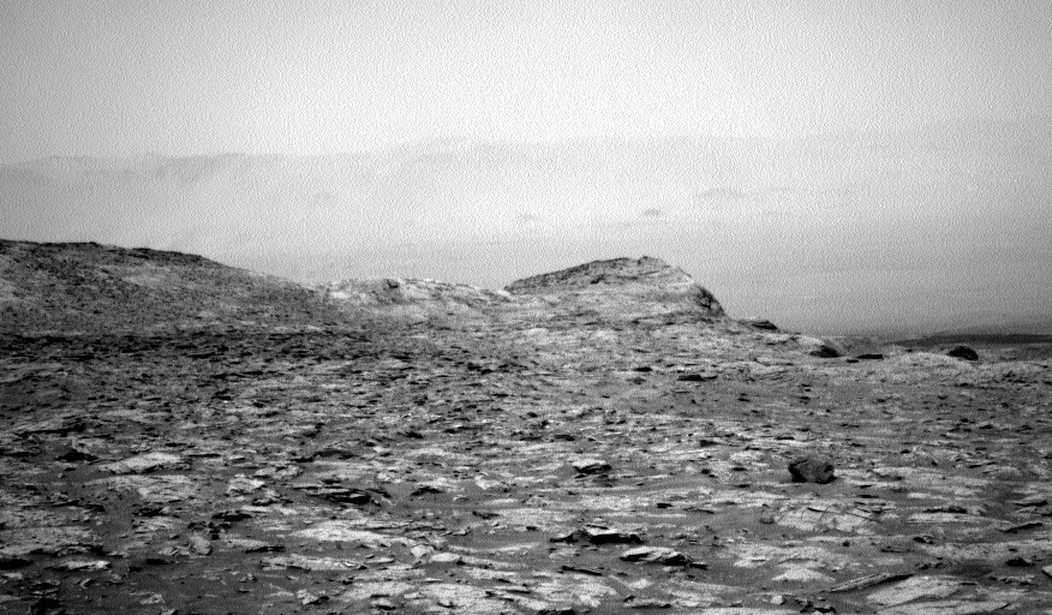This might come as a bit of a disappointment to the devotees of the Climate Goddess. Some astronomists and researchers have been doing what those sorts of eggheads typically do, studying variations in planetary orbits in our solar system. They recently published their results in respected science journals and some of their conclusions are quite remarkable. It turns out that the orbits of the Earth and Mars interact in a predictable cycle as the planets make their way endlessly around the sun. And those interactions produce measurable effects on our planet. Among those are cyclical changes in the shape of our orbit and they seem to coincide with historical periods where global temperatures have exhibited fluctuations. (Daily Caller)
Researchers looked at geological data going back more than 65 million years from hundreds of locations across the globe, all of which suggest that deep-ocean currents go through periods of strength and weakness, according to the study published in the journal Nature. This cycle is called the “astronomical grand cycle” (how original, guys), and happens every 2.4 million years.
During the strongest periods, oceanic currents known as “giant whirlpools” or eddies can reach the deepest parts of our seas, an area called the “abyss,” Live Science reported. These currents then reportedly erode sediments that then start to accumulate during calmer points during the cycle. The wildest part is that this cycle coincides directly with gravitational interactions between our home planet and Mars as we fly around the sun, according to the study.
There's a lot of technical jargon in the reports that the layman could easily become lost in, but it's definitely worth a look for those interested in this type of research. The long and the short of it is that the two planets "tug" on each other gravitationally when they pass by. This happens in both directions, depending upon where we are in our orbits during the closest point of approach. As a result, the Earth is sometimes a bit closer to the sun on average and further away at other times.
It's not a huge difference in distance to our star, but it doesn't need to be huge to have a prolonged and measurable effect. This interaction is known as a "resonance." As a result, each planet's orbit is either more or less circular. During the periods when we spend more time closer to the sun, we are exposed to higher levels of solar radiation and hence more heat. When we're further away, the opposite is true.
And wouldn't you know it, but that cycle lines up with times when ice core analysis reveals that we went through ice ages and tropical periods. Smaller variations are seen over shorter durations in between the largest swings. Currently, we're apparently in one of those periods when we're edging closer to the sun on average. As such, average temperatures would be rising. And you don't need any fracking programs or gas stoves to make it happen. The Earth is capable of doing this all by itself with a little bit of an assist from the red planet.
Of course, the climate alarmism cult will immediately reject these findings. What do a bunch of silly scientists know, anyway? This has to be mankind's fault. More specifically, it has to be your fault personally. (Not so much John Kerry and his private jet-flying pals, of course.) That's why you have to ride an electric bus, give up your air conditioning, and eat bugs. It's all for the good of the planet, you see.









Join the conversation as a VIP Member